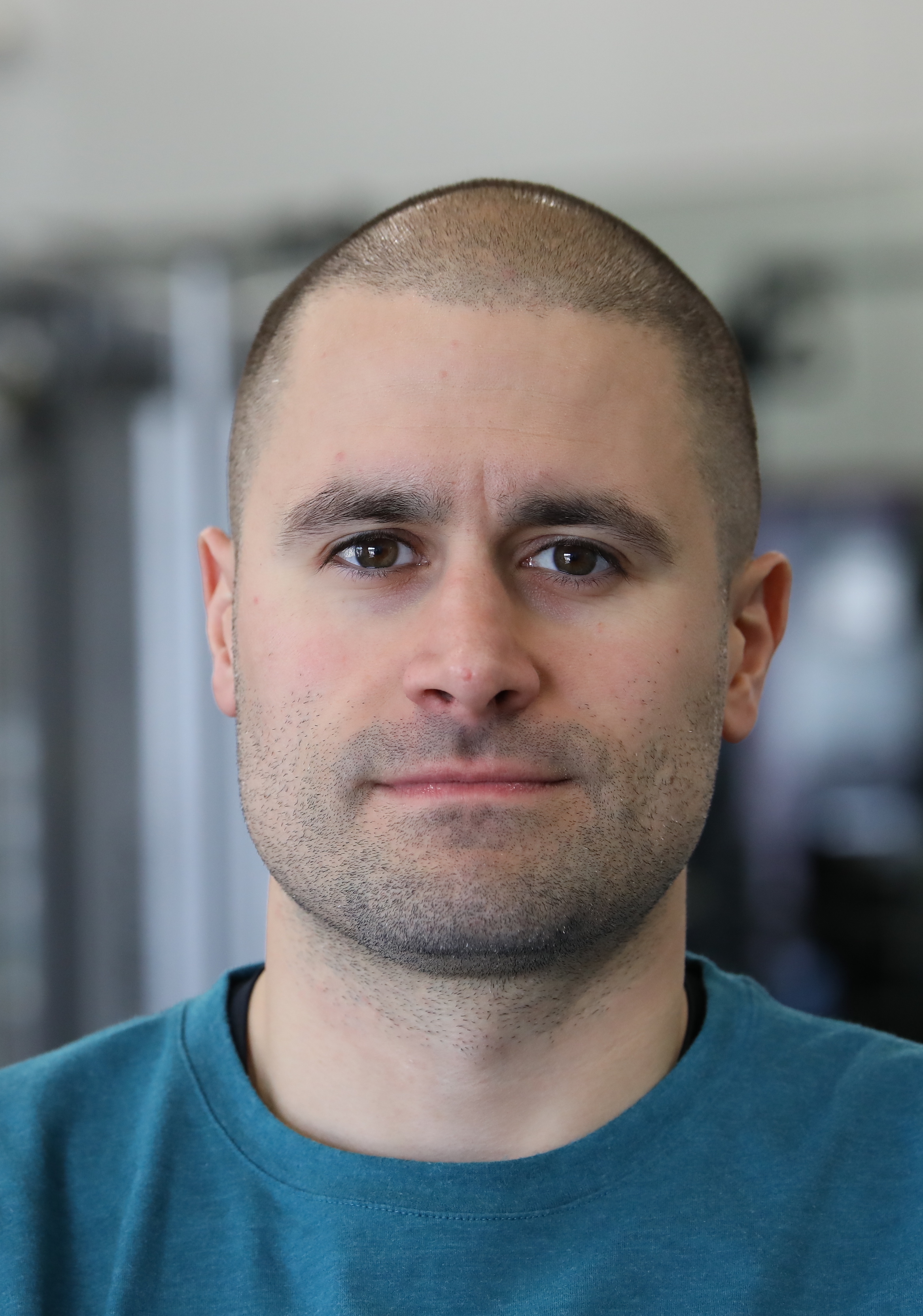Solve Your Nagging Sciatica!
Sciatica nerve pain is often described as burning, zinging, shooting, tingling, or searing pain down the back of the leg and sometimes even into the foot and toes. The sciatic nerve stems from the nerve roots of the L4 to S3 levels of the lumbar spine.
Typically sciatica symptoms are related to irritation or insult to at least one of those nerve roots. This can be a product of a disc herniation or other compression or stretching forces. Please note that if you are seeing radiating sciatica pain as described above increase in intensity, frequency, or distance away from the low back, you should seek medical evaluation from an MD or skilled physical therapist.
In addition to the potentially helpful exercises below, it's important to do an audit of how often you are sitting versus standing or walking. Sometimes a slight decrease in the amount of time you spend sitting or sedentary combined with a slight increase in standing or walking can be all you need to nourish and mobilize the nerve in a positive way to provide gradual improvement of symptoms.
As always, everyone is different so listen to your body as you work to address your sciatica symptoms through activity and exercise. See 4 exercises below that can be helpful to address low back and sciatica symptoms.
1. Prone Press-Up: This exercise targets lumbar extension which can often be helpful and healthy for the lumbar nerve roots. If you have sharp and specific pain on the bony aspect of your spine while doing this that increases, be sure to stop. Shoot for 2-4 sets of 8-12 repetitions.
2. Seated 1-Leg Nerve Floss: This exercise provides healthy mobilization and "flossing" type movement of the sciatic nerve and related nerves. Shoot for 2-4 sets of 6-12 repetitions.
3. PB Chest Supported 1-Leg Leg Lift: This exercise targets your posterior gluteal muscles as well as the erector spinae muscles of the low back. These muscles are important to be strong and healthy to support the areas around the sciatic nerve and lumbar nerve roots. Shoot for 2-4 sets of 10-20 repetitions.
4. Band Alt. Reverse Lunge w/ Pallof Press: This exercise provides movement and strengthening to the gluteal muscles and other surrounding muscles of the pelvis and low back. The pallof press action at the top of each reverse lunge is a nice way to target some of your smaller anti-rotation core muscles. Shoot for 2-4 sets of 20-30 seconds.
One thing to tuck away as you head out to try these exercises to address your sciatica pain: There is no exact recipe of exercises that always works to address low back and/or sciatica pain. The key is to find the strengthening and movement-based exercises and activities that do feel ok and gradually progress them to see results.
The alternative of restricting or stopping all activities to wait for sciatica and low back pain to go away is typically a slippery slope that ends up setting you back due to inactivity and undermining your total body strength, health, and fitness levels.
If you are struggling with solving your nagging sciatica symptoms or another nagging injury area, please be sure to reach out to the team and I here at TD Athletes Edge so we can help you to learn more about our online training experience. Get started by filling out THIS intake form today!
ABOUT THE AUTHOR

Tim DiFrancesco, PT, DPT spent 6 seasons as the Head Strength & Conditioning Coach of the Los Angeles Lakers and is the founder of TD Athletes Edge. He is nationally renowned for his evidence-based and scientific approach to fitness, training, nutrition, and recovery for athletes and fitness enthusiasts.
Like what you read?
Sign up now to get the latest tips and advice
Posted in
Rehabilitation
